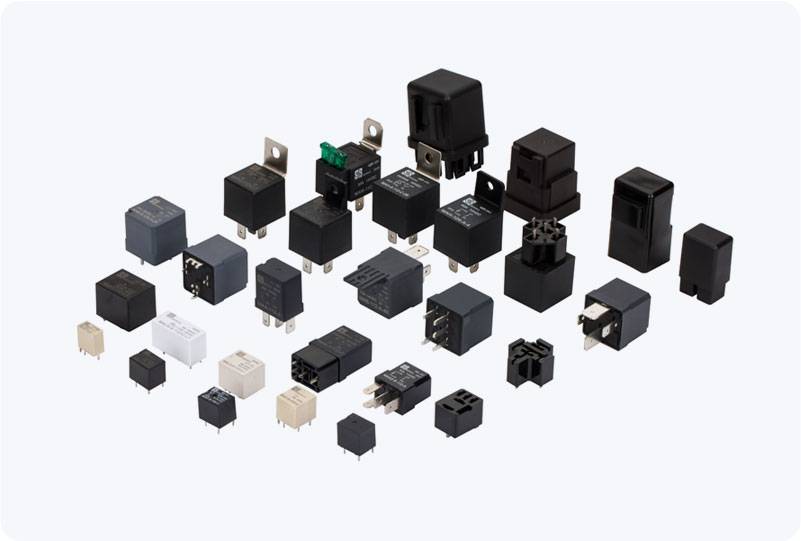car relay types and their applications in automotive electrical systems
Release time:2025-11-19 16:19:30
Car relays play a crucial role in modern vehicles, acting as electrical switches that help manage the flow of current to various components within the car’s electrical system. These components range from lighting and starting systems to heating and cooling units, all of which rely on relays to function efficiently and reliably. Understanding the different types of car relays can help technicians and car enthusiasts make informed decisions about maintenance, upgrades, and replacements. This article delves into the various car relay types and their applications within the automotive industry.

1. Standard Relay
A standard relay is the most commonly used type in vehicles. It operates by controlling a small electrical current to switch on or off a larger current, providing the power needed to operate heavy-duty components. The relay consists of a coil, a set of contacts, and a spring. When current flows through the coil, it generates a magnetic field that pulls the contacts together or apart, completing or breaking the circuit.
Applications: Standard relays are widely used in automotive applications, such as controlling headlights, fuel pumps, and starter motors. They ensure that high-power circuits are only activated when needed, thereby protecting the vehicle's main electrical systems from overloads.

